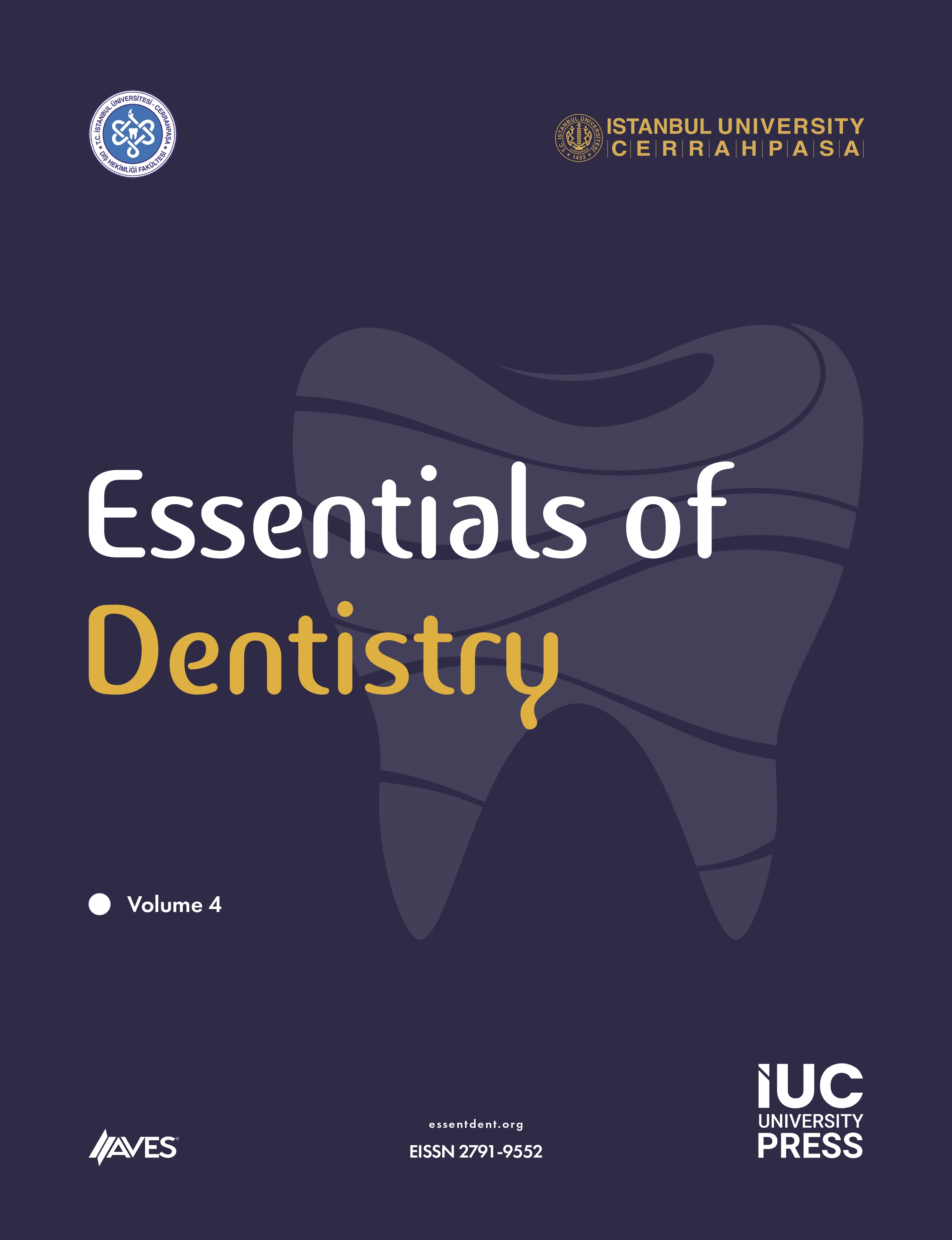Objective: Our study aimed to observe the effects of different gingival masks and production techniques on model accuracy.
Methods: Impressions were taken from an upper jaw model with 6 parallel implants using the open tray technique. Then, 20 models were produced using 3 different gum masks; each group was divided into those produced as single- and double-piece forms. The produced models were scanned using a laboratory scanner. Scanned data were observed for the angular changes of each analog, and the average angular deviation values were calculated for each model. All 6 groups were compared with each other. Kruskal–Wallis test was used in order to evaluate the level of significance.
Results: It was observed that the samples made of a harder type of additional silicone showed more angular deviation compared to the samples made of a softer type of additional silicone and condensation silicone. The production technique, whether single or double piece, did not show any effect on model accuracy.
Conclusion: Based on this study, it was observed that harder types of silicone gingival masks had the advantage of being easy to use and manipulate but showed more angular deviation than other groups included in the study.
Cite this article as: Ak B, Bilgin T. In vitro evaluation of the accuracy of soft tissue samples produced using different gingival masks. Essent Dent. 2023;2(3):70-79.






